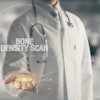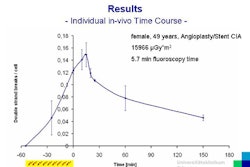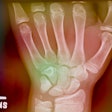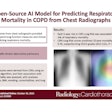New guidelines for the performance of coronary CT angiography (CTA) have been published online by the Society of Cardiovascular Computed Tomography (SCCT) of Washington, DC, in the May/June 2009 issue of the Journal of Cardiovascular Computed Tomography.
The guidelines detail physician and technologist competencies for performing the exam, institution and scanner standards, and recommendations on topics from patient selection to radiation exposure to reading methods. Among the highlights:
- Patient history should evaluate for pregnancy, prior allergic reactions, contraindication to contrast media, and medications, including beta-blockers and nitroglycerin.
- Metformin use should be discontinued at least 48 hours after contrast administration. Blood-oxygen saturation monitoring may be needed in critically ill patients.
- Patients should also be evaluated for renal insufficiency (tested for glomerular filtration rate, as well as creatinine) and for their ability to perform breath-holding and other requirements of coronary CTA.
- Heart rate control (optimally less than 60 bpm) is related to the capabilities of the scanner being used, the guidelines note. Cardiac monitoring should be considered if beta-blockers are used, depending on patient risk.
- Even when scanners are technically able to accommodate obese patients, physicians must weigh potentially diminished image quality when deciding whether to scan obese patients.
- Half-scan reconstruction should be the default for axial images. Errors due to incorrect gating should be corrected by editing electrocardiogram data and tagging or removing ectopic beats if they cause artifacts.
- The reconstructed field-of-view should be reduced to maximize the number of pixels devoted to depiction of the heart -- with the addition of a larger reconstructed field-of-view as needed to look for extracardiac abnormalities. A semisharp reconstruction kernel is recommended for most patients, but a sharp kernel can reduce blooming and increase edge definition.
- Biannual review of a facility's radiation levels and comparison with published references and internal protocol review and optimization are recommended.
Related Reading
ACC study: Coronary CTA tops other tests for long-term prognosis, April 2, 2009
JAMA study finds wide variation in cardiac CTA dose, February 3, 2009
AHA science advisory warns about cardiac imaging dose, February 3, 2009
Framingham risk doesn't predict plaque burden, January 5, 2009
AHA urges cautious use of coronary CTA and MRA, July 9, 2008
Copyright © 2009 AuntMinnie.com



















